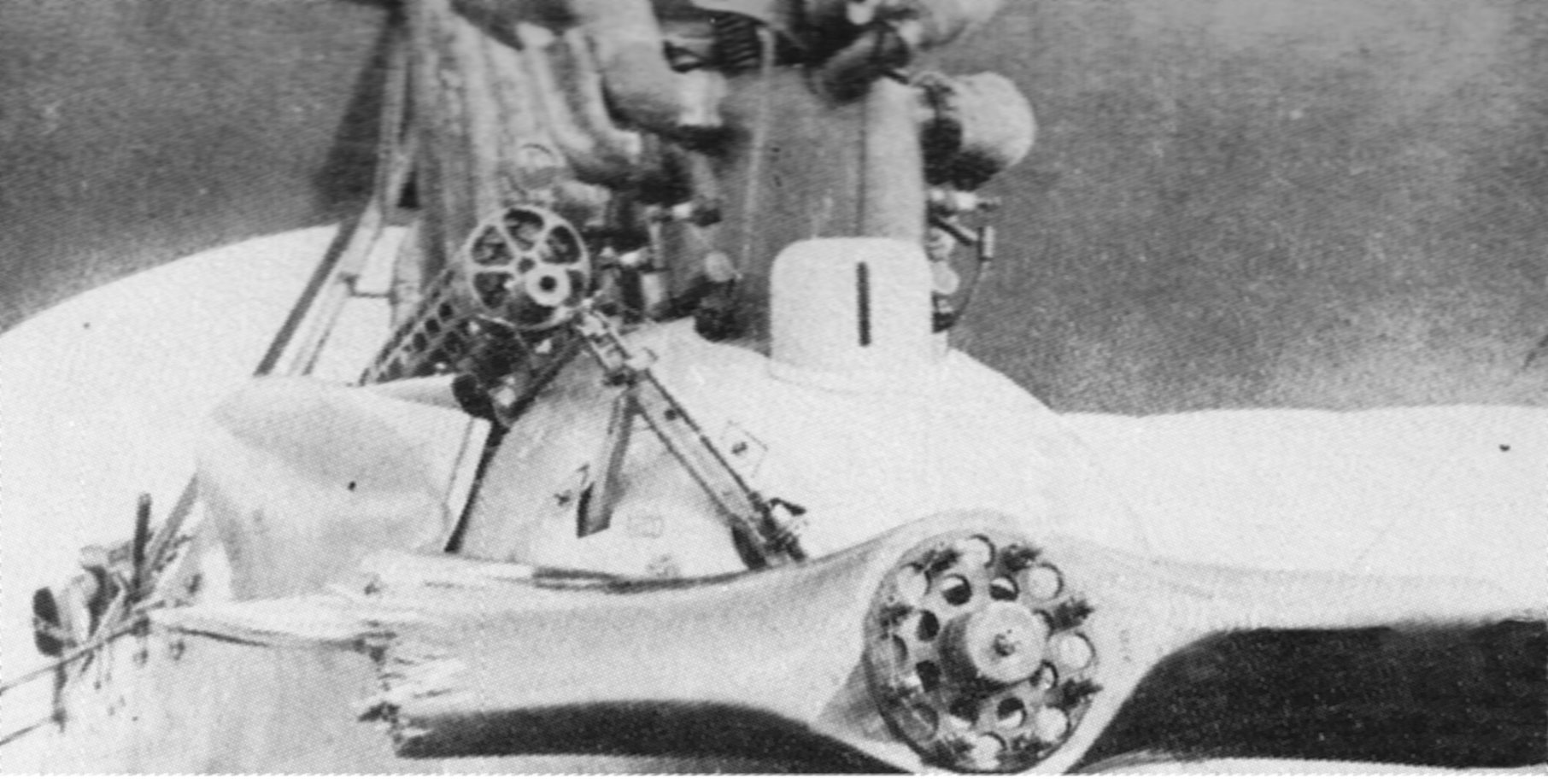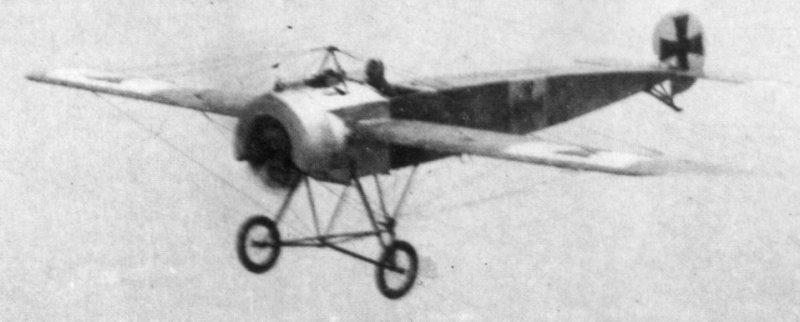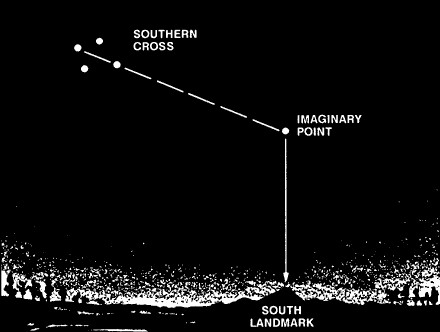|
Eindecker
The Fokker ''Eindecker'' fighters were a series of German World War I monoplane single-seat fighter aircraft designed by Dutch engineer Anthony Fokker.Boyne 1988 Developed in April 1915, the first ''Eindecker'' ("Monoplane") was the first purpose-built German fighter aircraft and the first aircraft to be fitted with a synchronization gear, enabling the pilot to fire a machine gun through the arc of the propeller without striking the blades. The ''Eindecker'' gave the German Army's Air Service (then the ''Fliegertruppen des deutschen Kaiserreiches'') a degree of air superiority from July 1915 until early 1916. This period, during which Allied aviators regarded their poorly armed aircraft as "Fokker Fodder", became known as the " Fokker Scourge". Design and development The ''Eindecker'' was based on Fokker's unarmed Fokker M.5K scout (military designation Fokker A.III) which in turn was based on the design of the French Morane-Saulnier H shoulder-wing monoplane, although it diffe ... [...More Info...] [...Related Items...] OR: [Wikipedia] [Google] [Baidu] |
Otto Parschau
''Leutnant'' Otto Parschau (11 November 1890 – 21 July 1916) was a German World War I flying ace and recipient of the Pour le Mérite, Royal House Order of Hohenzollern, and Iron Cross, First Class. He was noted as one of the pre-eminent aces on the Fokker Eindecker. He was one of the world's first flying aces. Parschau and ''Leutnant'' Kurt Wintgens were the pilots chosen to fly the prototype of the revolutionary Fokker Eindecker fighter plane with a machine gun synchronized to fire safely through its propeller arc via use of a gun synchronizer. Background Parschau was born in Klausen (now Klutznick, Poland), in the Allenstein district of East Prussia. He became a commissioned officer a year after having joined the ''Infanterie-Regiment Nr. 151'' in 1910. Parschau was trained as a pilot in Johannisthal, Darmstadt, and in Hanover and received his licence on 4 July 1913. World War I Upon the outbreak of hostilities in August 1914 Parschau was already serving with the ''Luf ... [...More Info...] [...Related Items...] OR: [Wikipedia] [Google] [Baidu] |
Anthony Fokker
Anton Herman Gerard "Anthony" Fokker (6 April 1890 – 23 December 1939) was a Dutch aviation pioneer, aviation entrepreneur, aircraft designer, and aircraft manufacturer. He produced fighter aircraft in Germany during the First World War such as the Eindecker monoplanes, the Dr.1 triplane and the D.VII biplane. After the Treaty of Versailles forbade Germany to produce aircraft, Fokker moved his business to the Netherlands. There, his company was responsible for a variety of successful aircraft including the Fokker F.VII/3m trimotor, a successful passenger aircraft of the inter-war years. He died in New York in 1939. Later authors suggest he was personally charismatic but unscrupulous in business and a controversial character. Early life Anthony (Tony) Fokker was born in Blitar, Dutch East Indies (now Indonesia), to Herman Fokker, a Dutch coffee plantation owner. Some sources say that he was born in Kediri. At that time, Blitar was a part of the "Kediri Residency", a col ... [...More Info...] [...Related Items...] OR: [Wikipedia] [Google] [Baidu] |
Synchronization Gear
A synchronization gear (also known as a gun synchronizer or interrupter gear) was a device enabling a single-engine tractor configuration aircraft to fire its forward-firing armament through the arc of its spinning propeller without bullets striking the blades. This allowed the aircraft, rather than the gun, to be aimed at the target. There were many practical problems, mostly arising from the inherently imprecise nature of an automatic gun's firing, the great (and varying) velocity of the blades of a spinning propeller, and the very high speed at which any gear synchronizing the two had to operate. In practice, all known gears worked on the principle of actively triggering each shot, in the manner of a semi-automatic weapon. Design and experimentation with gun synchronization had been underway in France and Germany in 1913–1914, following the ideas of August Euler, who seems to have been the first to suggest mounting a fixed armament firing in the direction of flight (in 191 ... [...More Info...] [...Related Items...] OR: [Wikipedia] [Google] [Baidu] |
Synchronization Gear
A synchronization gear (also known as a gun synchronizer or interrupter gear) was a device enabling a single-engine tractor configuration aircraft to fire its forward-firing armament through the arc of its spinning propeller without bullets striking the blades. This allowed the aircraft, rather than the gun, to be aimed at the target. There were many practical problems, mostly arising from the inherently imprecise nature of an automatic gun's firing, the great (and varying) velocity of the blades of a spinning propeller, and the very high speed at which any gear synchronizing the two had to operate. In practice, all known gears worked on the principle of actively triggering each shot, in the manner of a semi-automatic weapon. Design and experimentation with gun synchronization had been underway in France and Germany in 1913–1914, following the ideas of August Euler, who seems to have been the first to suggest mounting a fixed armament firing in the direction of flight (in 191 ... [...More Info...] [...Related Items...] OR: [Wikipedia] [Google] [Baidu] |
Luftstreitkräfte
The ''Deutsche Luftstreitkräfte'' (, German Air Force)—known before October 1916 as (Flyer Troops)—was the air arm of the Imperial German Army. In English-language sources it is usually referred to as the Imperial German Air Service, although that is not a literal translation of either name. German naval aviators of the were an integral part of the Imperial German Navy (). Both military branches operated aeroplanes, observation balloons and airships. Founding The Imperial German Army created an experimental balloon company inspired by the American balloon corps they had seen while observing the American Civil War, with varying forms of organisation from 1884 to 1901 until a Balloon Battalion was finally formed. The rapid development of aeronautics led to trials of airships and the choice of rigid types built by Zeppelin and Schutte-Lanz. The first military aircraft to be acquired by the German Army entered service in 1910 and the first five aviation battalions were est ... [...More Info...] [...Related Items...] OR: [Wikipedia] [Google] [Baidu] |
Fighter Aircraft
Fighter aircraft are fixed-wing military aircraft designed primarily for air-to-air combat. In military conflict, the role of fighter aircraft is to establish air superiority of the battlespace. Domination of the airspace above a battlefield permits bombers and attack aircraft to engage in tactical and strategic bombing of enemy targets. The key performance features of a fighter include not only its firepower but also its high speed and maneuverability relative to the target aircraft. The success or failure of a combatant's efforts to gain air superiority hinges on several factors including the skill of its pilots, the tactical soundness of its doctrine for deploying its fighters, and the numbers and performance of those fighters. Many modern fighter aircraft also have secondary capabilities such as ground attack and some types, such as fighter-bombers, are designed from the outset for dual roles. Other fighter designs are highly specialized while still filling the ma ... [...More Info...] [...Related Items...] OR: [Wikipedia] [Google] [Baidu] |
Morane-Saulnier H
The Morane-Saulnier H was an early aircraft first flown in France in the months immediately preceding the First World War; it was a single-seat derivative of the successful Morane-Saulnier G with a slightly reduced wingspanTaylor 1989, p.648"The Illustrated Encyclopedia of Aircraft", p.2539 Like the Type G, it was a successful sporting and racing aircraft: examples serving with the French army were used in the opening phases of the war. German versions, the Fokker Eindecker fighters, were armed with forward-firing machine guns and became the first single-seat fighter aircraft so armed. Service use During the second international aero meet, held at Wiener Neustadt in June 1913, Roland Garros won the precision landing prize in a Type H.Hartmann 2001, p. 11 Later that same year, a Morane-Saulnier H was used to complete the first non-stop flight across the Mediterranean, from Fréjus in the south of France to Bizerte in Tunisia. The French Army ordered a batch of 26 aircraft ... [...More Info...] [...Related Items...] OR: [Wikipedia] [Google] [Baidu] |
Monoplane
A monoplane is a fixed-wing aircraft configuration with a single mainplane, in contrast to a biplane or other types of multiplanes, which have multiple planes. A monoplane has inherently the highest efficiency and lowest drag of any wing configuration and is the simplest to build. However, during the early years of flight, these advantages were offset by its greater weight and lower manoeuvrability, making it relatively rare until the 1930s. Since then, the monoplane has been the most common form for a fixed-wing aircraft. Characteristics Support and weight The inherent efficiency of the monoplane is best achieved in the cantilever wing, which carries all structural forces internally. However, to fly at practical speeds the wing must be made thin, which requires a heavy structure to make it strong and stiff enough. External bracing can be used to improve structural efficiency, reducing weight and cost. For a wing of a given size, the weight reduction allows it to fly slower a ... [...More Info...] [...Related Items...] OR: [Wikipedia] [Google] [Baidu] |
Shoulder-wing
A monoplane is a fixed-wing aircraft configuration with a single mainplane, in contrast to a biplane or other types of multiplanes, which have multiple planes. A monoplane has inherently the highest efficiency and lowest drag of any wing configuration and is the simplest to build. However, during the early years of flight, these advantages were offset by its greater weight and lower manoeuvrability, making it relatively rare until the 1930s. Since then, the monoplane has been the most common form for a fixed-wing aircraft. Characteristics Support and weight The inherent efficiency of the monoplane is best achieved in the cantilever wing, which carries all structural forces internally. However, to fly at practical speeds the wing must be made thin, which requires a heavy structure to make it strong and stiff enough. External bracing can be used to improve structural efficiency, reducing weight and cost. For a wing of a given size, the weight reduction allows it to fly slower a ... [...More Info...] [...Related Items...] OR: [Wikipedia] [Google] [Baidu] |
Fokker
Fokker was a Dutch aircraft manufacturer named after its founder, Anthony Fokker. The company operated under several different names. It was founded in 1912 in Berlin, Germany, and became famous for its fighter aircraft in World War I. In 1919 the company moved its operations to the Netherlands. During its most successful period in the 1920s and 1930s, it dominated the civil aviation market. Fokker went into bankruptcy in 1996, and its operations were sold to competitors. History Fokker in Germany At age 20, while studying in Germany, Anthony Fokker built his initial aircraft, the ''Spin'' (Spider)—the first Dutch-built plane to fly in his home country. Taking advantage of better opportunities in Germany, he moved to Berlin, where in 1912, he founded his first company, Fokker Aeroplanbau, later moving to the Görries suburb just southwest of Schwerin (at ), where the current company was founded, as Fokker Aviatik GmbH, on 12 February 1912. World War I Fokker capitalized o ... [...More Info...] [...Related Items...] OR: [Wikipedia] [Google] [Baidu] |
Fokker M5 Prototype
Fokker was a Dutch aircraft manufacturer named after its founder, Anthony Fokker. The company operated under several different names. It was founded in 1912 in Berlin, Germany, and became famous for its fighter aircraft in World War I. In 1919 the company moved its operations to the Netherlands. During its most successful period in the 1920s and 1930s, it dominated the civil aviation market. Fokker went into bankruptcy in 1996, and its operations were sold to competitors. History Fokker in Germany At age 20, while studying in Germany, Anthony Fokker built his initial aircraft, the ''Spin'' (Spider)—the first Dutch-built plane to fly in his home country. Taking advantage of better opportunities in Germany, he moved to Berlin, where in 1912, he founded his first company, Fokker Aeroplanbau, later moving to the Görries suburb just southwest of Schwerin (at ), where the current company was founded, as Fokker Aviatik GmbH, on 12 February 1912. World War I Fokker capitalized on ... [...More Info...] [...Related Items...] OR: [Wikipedia] [Google] [Baidu] |
Fokker M
Fokker was a Dutch aircraft manufacturer named after its founder, Anthony Fokker. The company operated under several different names. It was founded in 1912 in Berlin, Germany, and became famous for its fighter aircraft in World War I. In 1919 the company moved its operations to the Netherlands. During its most successful period in the 1920s and 1930s, it dominated the civil aviation market. Fokker went into bankruptcy in 1996, and its operations were sold to competitors. History Fokker in Germany At age 20, while studying in Germany, Anthony Fokker built his initial aircraft, the ''Spin'' (Spider)—the first Dutch-built plane to fly in his home country. Taking advantage of better opportunities in Germany, he moved to Berlin, where in 1912, he founded his first company, Fokker Aeroplanbau, later moving to the Görries suburb just southwest of Schwerin (at ), where the current company was founded, as Fokker Aviatik GmbH, on 12 February 1912. World War I Fokker capitalized o ... [...More Info...] [...Related Items...] OR: [Wikipedia] [Google] [Baidu] |










